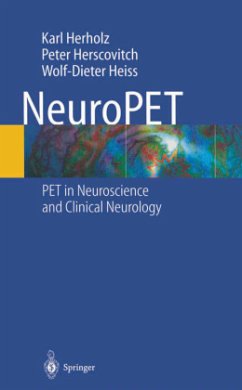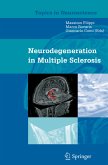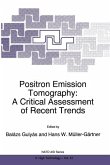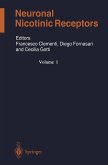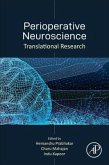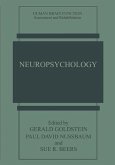Positron emission tomography (PET) provides unbiased in vivo measurement of local tracer activity at very high sensitivity. This is a unique property unmatched by other imaging modalities. When PETwas introduced into medicine more than 25years ago, the first organ of major interest was the brain. Since then, PET has flourished as an extremely powerful and versatile tool in scientific brain studies, whereas its use as a diagnostic tool in clinical neurology remains limited. This is in contrast to its use in otherapplications,particularlyoncology,where its value in clinical diagnosis is more widely appreciated. Wethink this situation is unfortu nate, because PET can contribute more to clinical neurology and clinical neuro science than is generally perceived today. Realization of its potential will require very close cooperation between PETexperts and clinicians and the integration of PET into clinical studies. Thus, in this book we review PETin neuroscience,with particular emphasison findings that indicate its potential for improving diagno sis and treatment in neurology and psychiatry. We want to improve the trans ferability of the enormous scientific advances in brain PET into clinical care so as to produce tangible human benefit [1]. Wewish to guide both nuclear medicine specialists and also neurologists and psychiatrists in the use of PET. We there fore focus on practical and potentially clinically relevant issues, identifying solid ground as well as open questions that require further research, and we see this targeted presentation as complementary to more general PET textbooks and reviews.
From the reviews:
This is the most comprehensive book written to date which reviews applications of PET in brain disorders, measurements of regional brain function, molecular imaging and PET methodology.
Rarer states are reviewed as well as those not normally considered as presenting with functional brain lesions such as pain and migraine.
For those with clinical PET facilities, this book will indentify how this technology could be exploited for the care of brain disorder patients.
RAD Magazine, December, 2005
"This book is by world authorities in both the methodology of positron emission tomography (PET) and its applications in clinical neurology. According to the authors, it is intended to 'guide both nuclear medicine specialists and also neurologists and psychiatrists in the use of PET'; I assume they also meant to include neurosurgeons, neurophysiologists and clinical neuroscientists. ... This book is unique in its kind. ... it will prove an invaluable source of historical information about one of the major revolutions in understanding brain diseases." (J. -C. Baron, Acta Neurochirurgica, Vol. 147, 2005)
This is the most comprehensive book written to date which reviews applications of PET in brain disorders, measurements of regional brain function, molecular imaging and PET methodology.
Rarer states are reviewed as well as those not normally considered as presenting with functional brain lesions such as pain and migraine.
For those with clinical PET facilities, this book will indentify how this technology could be exploited for the care of brain disorder patients.
RAD Magazine, December, 2005
"This book is by world authorities in both the methodology of positron emission tomography (PET) and its applications in clinical neurology. According to the authors, it is intended to 'guide both nuclear medicine specialists and also neurologists and psychiatrists in the use of PET'; I assume they also meant to include neurosurgeons, neurophysiologists and clinical neuroscientists. ... This book is unique in its kind. ... it will prove an invaluable source of historical information about one of the major revolutions in understanding brain diseases." (J. -C. Baron, Acta Neurochirurgica, Vol. 147, 2005)

